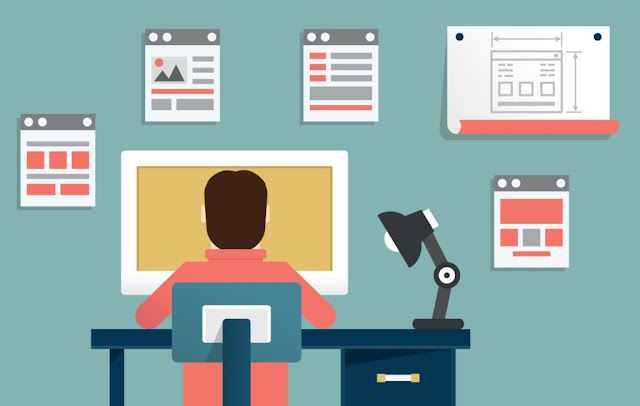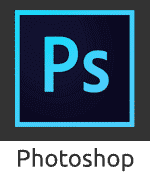5 Different Approaches To Creating a Website
 |
| 5 Different Approaches To Creating a Website |
It is important to state before we start that the creation of your website is just one of the steps in the web design process and it's not the first one! So I would really recommend reviewing the web design process first to make sure you are adequately prepared for this stage. So many people jump straight in at this stage and waste a lot of their time because they have not completed the previous steps in the process so don't say you weren't warned. Now with that little rant over, lets look at your options for creating the website.
There are 5 main ways to create a website and although not all of them require knowledge of HTML and CSS it is definitely better if you have at least a basic understanding of them.
The 5 ways to create a website are...
- programme it yourself
- get a website template
- use a website builder
- utilise a CMS
- hire a web designer
Now that we know each of our website creation options, let's explore each of them in more detail.
Programme it from scratch
If you already have good HTML and CSS skills or perhaps you are a web design or multimedia student in the process of learning HTML and CSS then this is a good option for you. Programming a website from scratch is also the most cost effective of the 5 options discussed in this article however it is also the most time consuming option.
To help with this approach there are a number of very good code editor programmes available online such as Komodo Edit, which is an excellent free code editor which you can use to make programming your own website a little easier.
Start with a template
If you really want to program the website yourself but need a little bit of a helping hand getting started then perhaps a website template is the way to go, just be sure to get a responsive template to ensure your website is as user friendly as possible. This is also a great option if your programming skills are better than your design skills as you can keep the templates design features and use your programming skills to edit the content to suit your website needs.
You can choose from an amazing 100 free responsive website templates here. So a website template is definitely a great idea, especially for new web designers, just be sure to customise it as, a bit like a stock photograph being used in a poster, it can appear stale and without character in it's raw, template state.
Use a website builder
Website builders advertise themselves as the easiest and quickest method to create a website. Companies like SquareSpace, Wix and Weebly are the best options for this approach and they both offer a starter package where you can get online with a free sub-domain name and free hosting. Although on the surface it may seem like a good choice, in my opinion, this is not a good option.
Website builders always seem to result in very rigid web designs, the free domain name is not a full domain and they tend to overcharge you for a full domain name. You often need to upgrade to a paid account to get a custom domain too and the monthly or yearly pricing structure is usually quite expensive. Bandwidth restriction, custom ads and extra storage space are other things that often need to be paid to unlock. In summary, this wouldn't be a choice I'd recommend.
Utilise a Content Management System
This would be my recommended option. CMS for short, content management systems are similar to, and often confused with, website builders. The difference being a CMS website design and structure is often created by a web designer first before being handed over to a client who only has access to a front end to make any required updates.
However, if you have learned some HTML and CSS, you can take charge and create the website design and structure yourself using systems like Blogger and WordPress. Which one of these is better is constantly being debated online with my personal preference being Blogger (read why).
Then there are eCommerce platforms like Shopify that act as a website builder, CMS and online store all in one. This is a great option if you are hoping to sell online and with Shopify you get a 14 day trial to test out the platform before you even have to consider moving to a paid plan.
Whichever you choose, there are many others available too, this is a great option which offers you templates to get started, widgets to drag and drop in while still having access to the HTML and CSS to make advanced or specific changes and tweaks.
Hire a web designer
If you don't have the time to learn how to build a website or you need to have complex functions or a very specific look for your website and you have a budget, then you will want to outsource the work.
Be careful who you hire, though. A poorly developed website can cost you money, drive away customers, and hurt your reputation. Following a few basic steps will increase your odds of hiring a creative, technically savvy, and cost-effective design firm or freelancer.
Much of your choice of designers depends on whether you want to work locally with someone, or whether you are willing to work remotely with them over the phone. Here are some things to think and ask about when hiring a website designer. If you would like to hire a web designer then we can proudly recommend Opus Web Design.
5 Different Approaches To Creating a Website
 Reviewed by Opus Web Design
on
August 11, 2016
Rating:
Reviewed by Opus Web Design
on
August 11, 2016
Rating:
 Reviewed by Opus Web Design
on
August 11, 2016
Rating:
Reviewed by Opus Web Design
on
August 11, 2016
Rating:






















